 Colored vinyl records
Colored vinyl records
Turntable setup on a budget

If you are just getting into record collecting or you've already been introduced to the world of vinyl by using a cheap, plastic all-in-one record player, the next logical step would be to put together a good turntable setup that will last you quite a while and allow various upgrades over time. However, not everyone is able or wants to spend thousands of dollars on a higher-end system, especially at the starting point of a new hobby. If you're on a tight budget, many people recommend buying used, but that can have its own downfalls. Unless you know exactly what you're looking for and trust the source, we don't advise beginners to go down this road.
If you are just getting into record collecting or you've already been introduced to the world of vinyl by using a cheap, plastic all-in-one record player, the next logical step would be to put together a good turntable setup that will last you quite a while and allow various upgrades over time. However, not everyone is able or wants to spend thousands of dollars on a higher-end system, especially at the starting point of a new hobby. If you're on a tight budget, many people recommend buying used, but that can have its own downfalls. Unless you know exactly what you're looking for and trust the source, we don't advise beginners to go down this road.
As this guide is focused on budget equipment, and mostly intended for people new to the vinyl game, there are several things to know before buying components. Simply put, any turntable setup can be broken down to four essential parts, the turntable, the phono preamp, power amplifier and the speakers.
The turntable is going to be the foundation of your system, the source of music. The cartridge, mounted on the end of the tonearm, picks up the tiny variations of the record grooves and converts these vibrations into an electrical signal, that will be later passed through amplification. When choosing a turntable, it's important to look for one with replaceable cartridge, and adjustable counterweight at the rear end of the tonearm. This gives you the ability to change and upgrade cartridges, and balance the tonearm for accurate tracking force. Most good, budget turntables come with an entry-level factory-mounted cartridge, and can be played almost straight out of the box, without no further adjustment.
The phono preamp serves two purposes, to amplify the low electrical signal coming from the turntable up to line-level (1 Volt), and to apply a specialized (RIAA) equalization to this signal. Many budget turntables come with built-in phono preamps, so you don't need to buy a separate one at first. If your turntable has a USB output then it most certainly features a built-in phono stage. If you decide to get a turntable with internal preamp, make sure it has a bypass or line/phono switch that allows you to turn the built-in preamp on or off. In this case, you can upgrade to better, stand-alone one if you want.
The power amplifier is the component responsible to further increase the low-power audio signal coming from the preamp and deliver it to the speakers. This can be a simple amp or a receiver/integrated amplifier which also may contain a phono pre-amp, allowing you to directly plug a turntable in the phono inputs. Some amplifiers include other features like equalization, compression, or overdrive, that can color the audio signal in an audibly pleasing manner.
The speakers are the final stage of a hi-fi setup, which convert the electrical signal from the amplifier into an audible sound. Depending on their capacity to amplify audio signal, speakers fall into two categories: active or passive. Passive speakers have only basic speaker functionality, and require a separate amplifier in order to produce sound. Active/powered speakers on the other hand, contain a built-in power amplifier and can be directly connected to the phono preamp (external or built into the turntable). Also, speakers usually feature crossover components that split the frequency band of the audio signal into low, high, and sometimes mid-range, which are then sent to individual speaker drivers designed to handle those frequencies.
In previous posts we've already gone into details about many audio equipments needed in a turntable setup, so the following guide is to walk you through some of the most budget options and combinations to build a nice starter system. If you want to learn more about the role of each part of the chain and how they work, or feel the need for upgrades in your setup, you can always refer to the these articles: turntables under $500, cartridges, phono preamps, amplifiers, bookshelf speakers.
Here are four possible solutions to build a turntable setup on a budget.
1. Turntable with phono preamp + powered / active speakers
This is the most simple turntable setup you can put together. All you need to do is to hook the turntable's line level output to the speakers using an RCA audio cable, and you're good to go. Both Audio-Technica and U-Turn Orbit turntables have a switch to select between phono and line level output, so you can bypass the built-in phono preamp and use an external one, or connect it directly to an amplifier that has a phono input. One disadvantage of this system is that you need to adjust the volume on the rear panel of the speakers.
2. Turntable with phono preamp + amplifier + speakers
This setup unlike the previous one, uses an external amplifier and passive speakers instead of active ones, allowing more equipment combinations. Depending on the model, to connect the amplifier to the speakers you will need speaker wires with or without special terminations.
3. Turntable + phono preamp + amplifier + speakers
In this turntable setup all components are stand-alone, which allow the most possible combinations and upgrades to any part of the chain.
4. Turntable + amplifier with phono input + speakers
As these types of amplifiers have a built-in phono preamp, you can directly plug the RCA cables coming from your turntable into the phono inputs.
Audio cables & speaker wires
To complete a setup you need audio cables to connect your turntable, preamp and amplifier, and speaker wire to carry the audio signal from your amplifier to your speakers. Most amplifiers and speakers accept bare wires using clips or "screw"-type connectors, but before you get them, make sure you check if you need wires with special terminations.
-
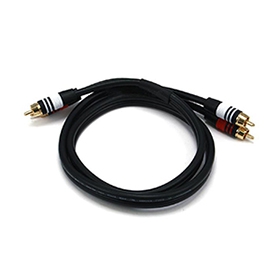
Monoprice Premium 2 RCA to 2 RCA -
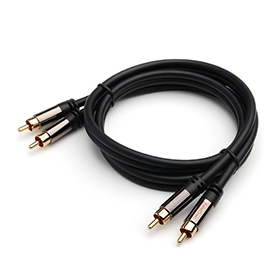
KabelDirekt 2 RCA to 2 RCA - PRO Series -
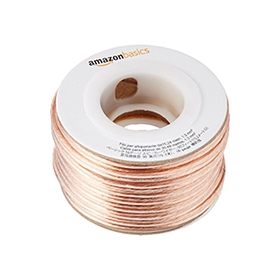
AmazonBasics 16-Gauge Speaker Wire -
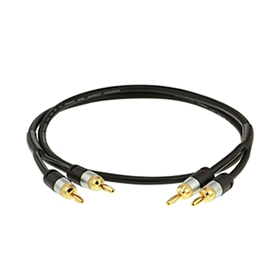
Mediabridge ULTRA Series Speaker Cable with Dual Gold Plated Banana Tips
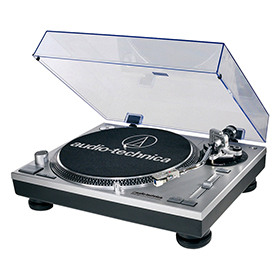
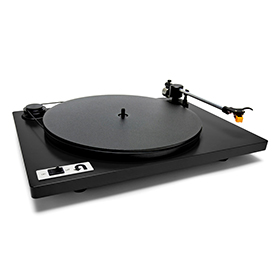
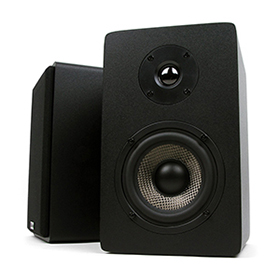
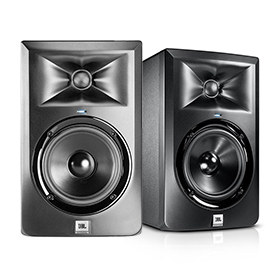
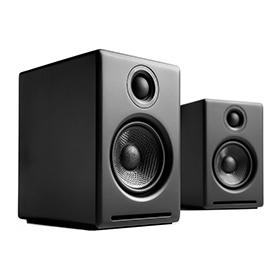
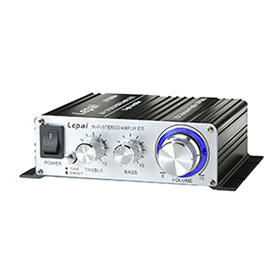
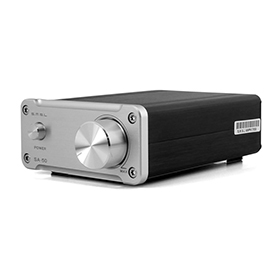
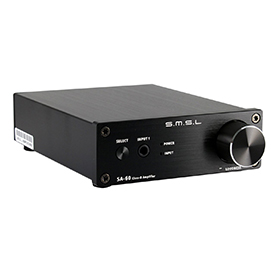
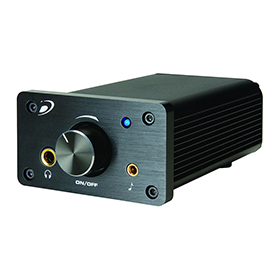


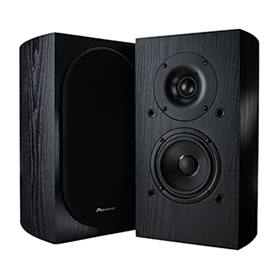
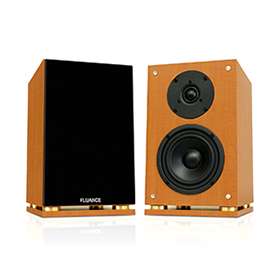



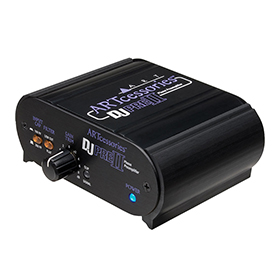

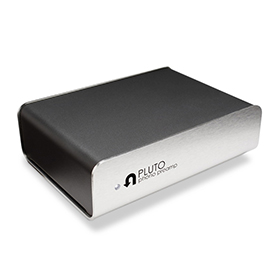
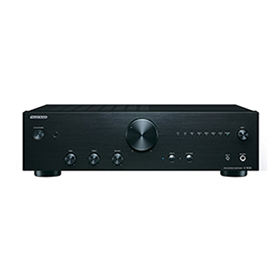
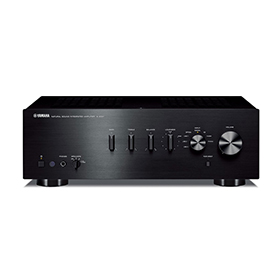
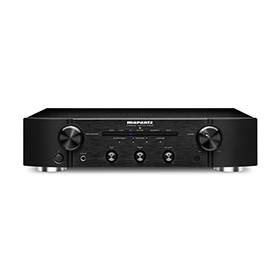
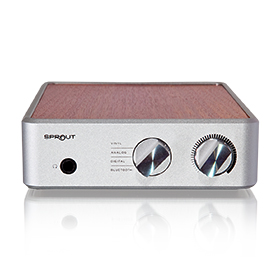
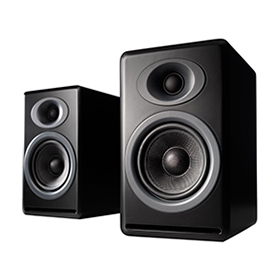
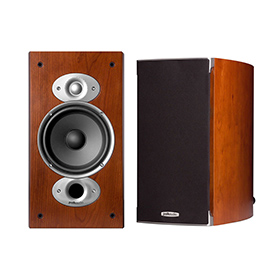

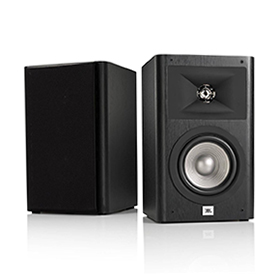
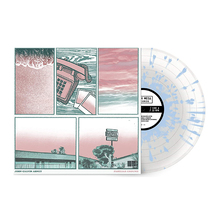 John Calvin Abney
John Calvin Abney
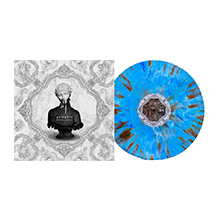 Polyphia
Polyphia
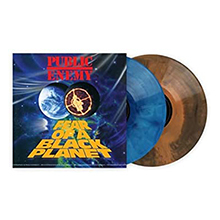 Public Enemy
Public Enemy
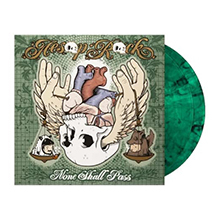 Aesop Rock
Aesop Rock
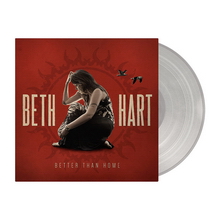 Beth Hart
Beth Hart
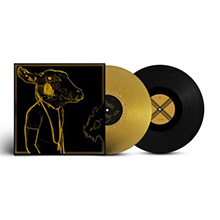 Shakey Graves
Shakey Graves
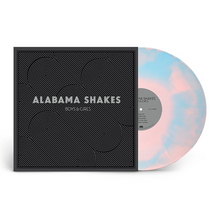 Alabama Shakes
Alabama Shakes
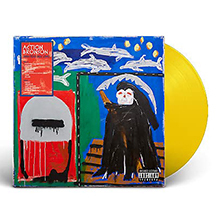 Action Bronson
Action Bronson
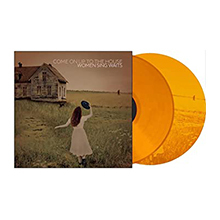 Tom Waits Tribute
Tom Waits Tribute